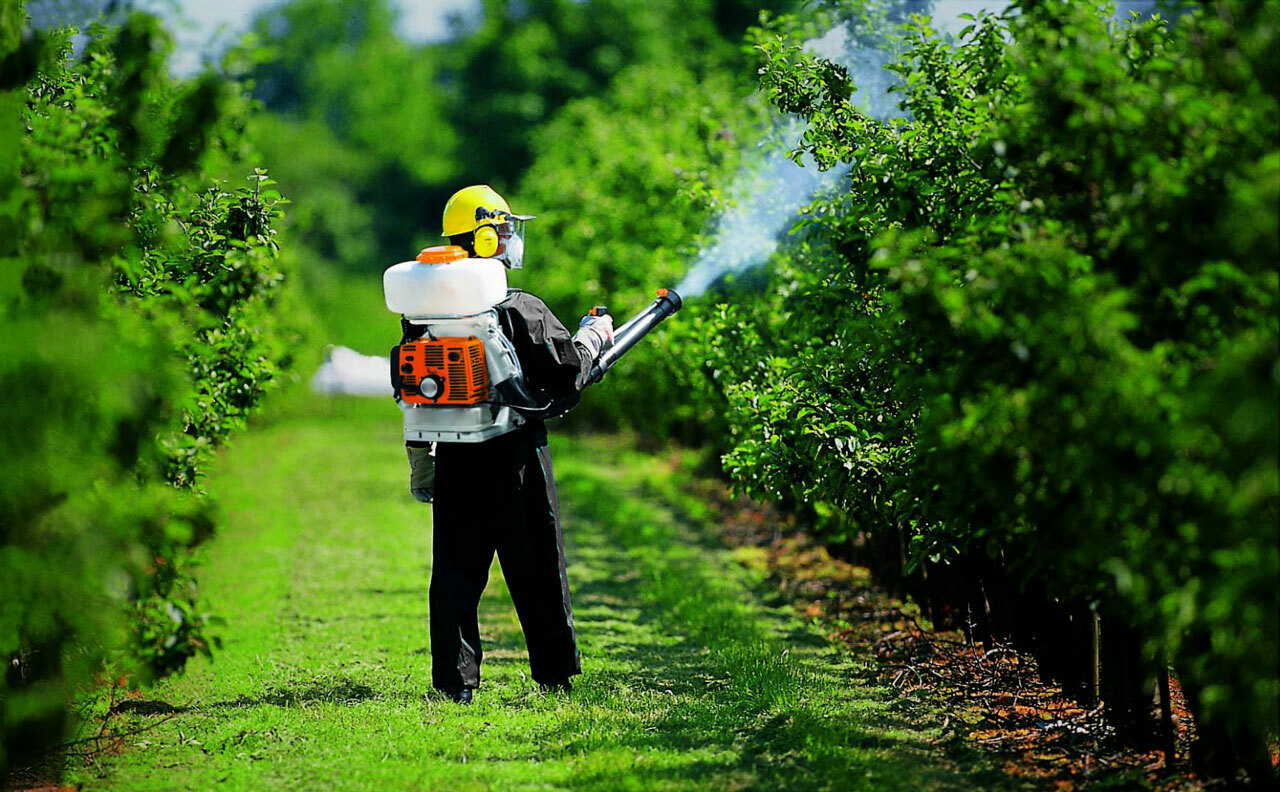
09.19.2023 / 1525 Views
In the world of gardening, the battle against pests and diseases is an ongoing challenge. Gardeners often face the dilemma of wanting to protect their plants while minimizing harm to the environment. The good news is that there are effective, eco-friendly methods and solutions for pest and disease control in the garden. By embracing environmentally conscious practices, you can maintain a healthy garden ecosystem while keeping harmful invaders at bay. In this comprehensive guide, we will explore the world of pest and disease control through environmentally friendly means, offering a wealth of ideas and expert advice to help you nurture your garden while preserving the delicate balance of nature.
The Importance of Eco-Friendly Pest and Disease Control
Before we delve into specific methods and solutions, it's crucial to understand the significance of adopting eco-friendly approaches to pest and disease control in your garden.
Preserving Biodiversity: Harsh chemical pesticides can harm not only the target pests but also beneficial insects, pollinators, and other organisms that contribute to a balanced garden ecosystem. Eco-friendly methods aim to protect biodiversity.
Human and Pet Safety: Chemical pesticides can pose risks to human health and pets when used incorrectly. Environmentally friendly solutions are safer for gardeners, their families, and their furry friends.
Soil Health: Chemical pesticides can disrupt the natural microbiome of your soil. Eco-friendly practices maintain soil health, ensuring that it remains fertile and capable of supporting plant growth.
Sustainability: Eco-friendly methods align with sustainable gardening practices, reducing the environmental impact of gardening while conserving natural resources.
Eco-Friendly Pest Control Methods
1. Companion Planting
Planting certain flowers, herbs, or vegetables alongside your main crops can deter pests or attract beneficial insects. For example, marigolds can deter nematodes, while basil can help protect tomatoes from aphids.
2. Biological Control
Encourage natural predators like ladybugs, lacewings, and parasitic wasps by providing habitat and food sources. You can also purchase and release beneficial insects to combat specific pests.
3. Neem Oil and Horticultural Oils
Neem oil and horticultural oils are natural options for controlling many pests. They work by suffocating insects and disrupting their feeding and reproductive cycles.
4. Diatomaceous Earth
Diatomaceous earth is a powder made from fossilized diatoms. It acts as a physical barrier, drying out and killing soft-bodied insects like slugs, snails, and aphids.
5. Organic Soaps and Sprays
Soap-based insecticidal sprays can effectively control soft-bodied pests. These soaps break down the waxy coating on the insects' bodies, leading to dehydration and death.
Eco-Friendly Disease Control Methods
1. Proper Plant Spacing
Good air circulation is essential to reduce the risk of fungal diseases. Ensure adequate spacing between plants to allow for ventilation.
2. Pruning and Thinning
Regularly prune and thin plants to remove infected or crowded growth. This practice helps improve air circulation and reduces disease pressure.
3. Crop Rotation
Rotate your crops each season to prevent the buildup of soilborne diseases. Avoid planting the same crops in the same location year after year.
4. Resistant Varieties
Choose plant varieties that are resistant to common diseases in your region. Resistant plants are less likely to succumb to infections.
5. Proper Watering
Water your garden at the base of plants, avoiding wetting the foliage. Water in the morning to allow leaves to dry before evening, reducing the risk of fungal diseases.
Conclusion
Maintaining a beautiful and healthy garden doesn't have to come at the cost of the environment. By embracing eco-friendly pest and disease control methods, you can strike a balance between preserving your plants and nurturing the delicate ecosystem of your garden. Remember that prevention is often the best strategy, so regularly inspect your garden, practice good garden hygiene, and stay vigilant to catch and address issues early.
Incorporate these environmentally conscious practices into your gardening routine, and you'll not only enjoy the satisfaction of a thriving garden but also contribute to a greener and more sustainable world. Gardening with nature, rather than against it, is a harmonious approach that benefits both your garden and the planet we all call home. Happy gardening!